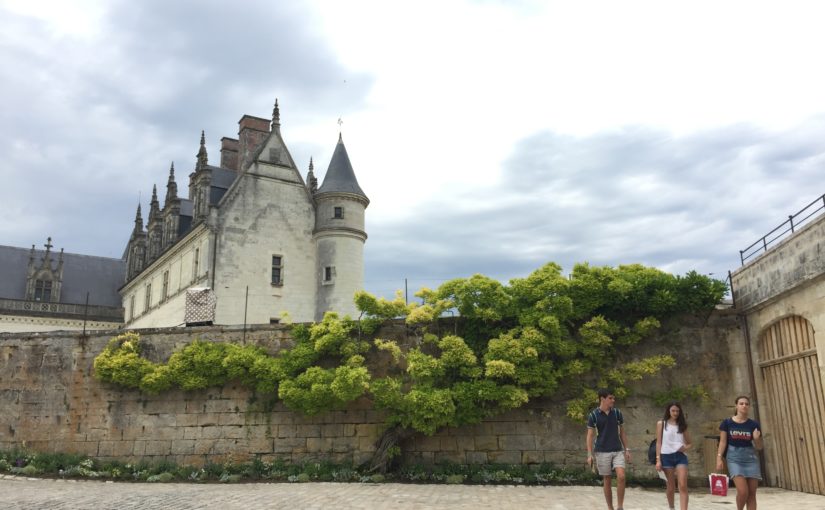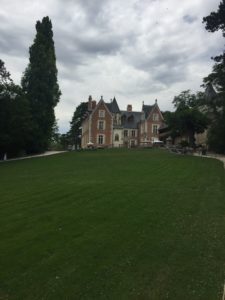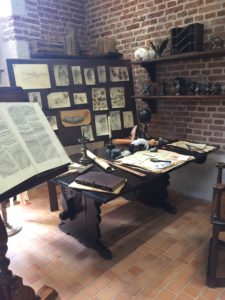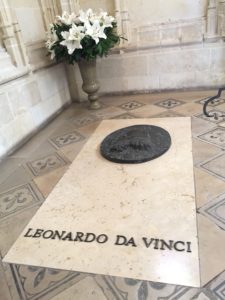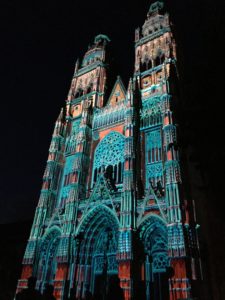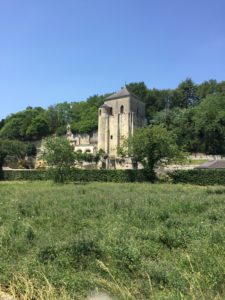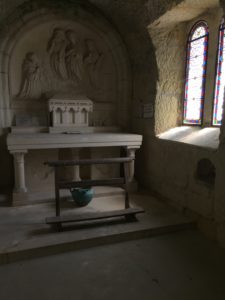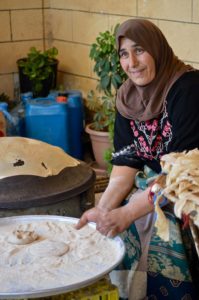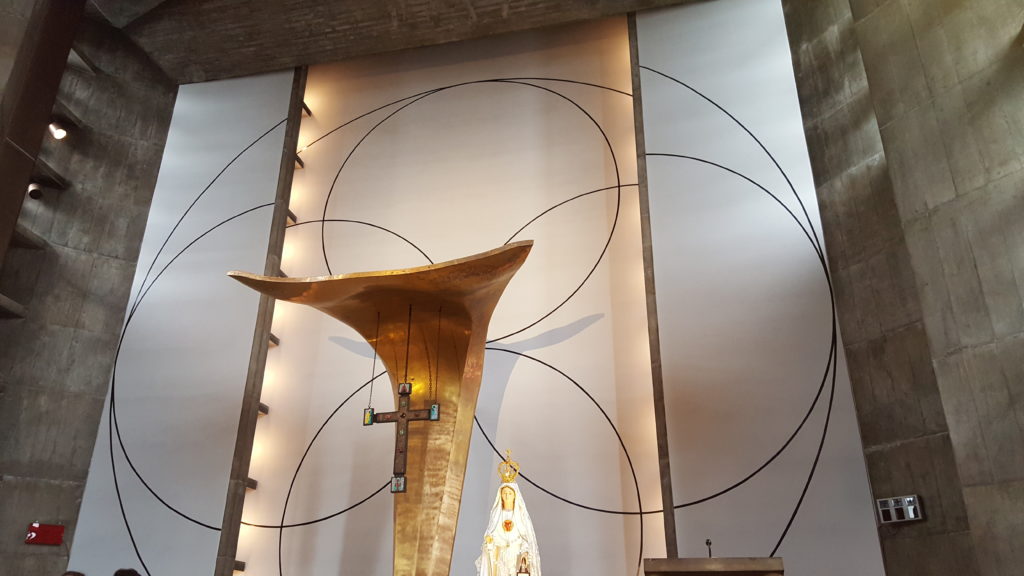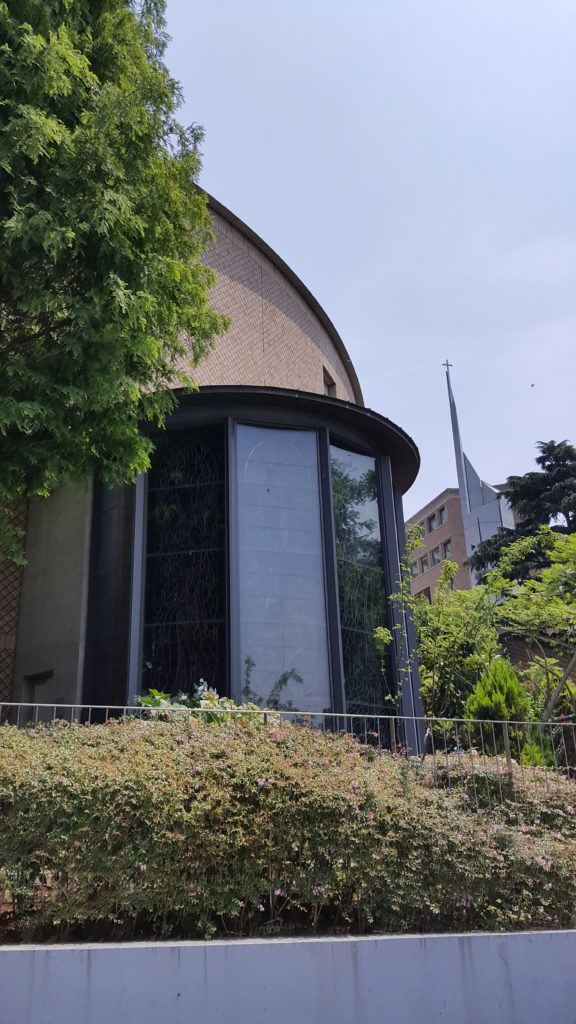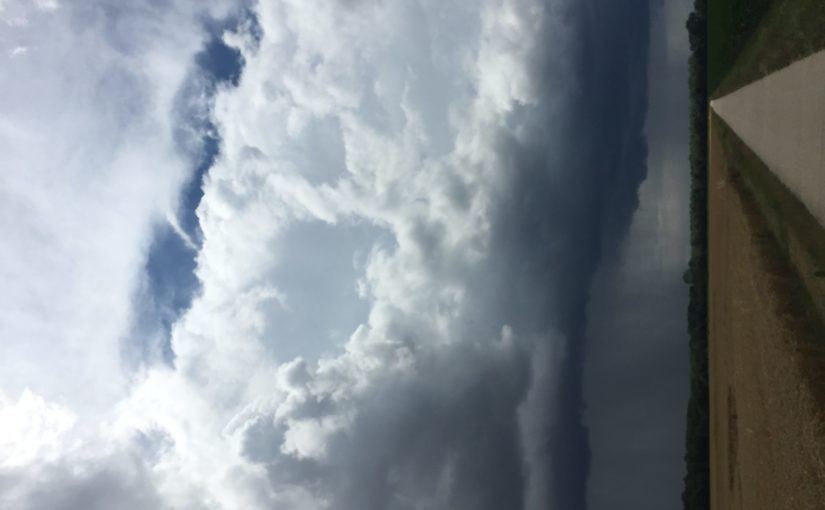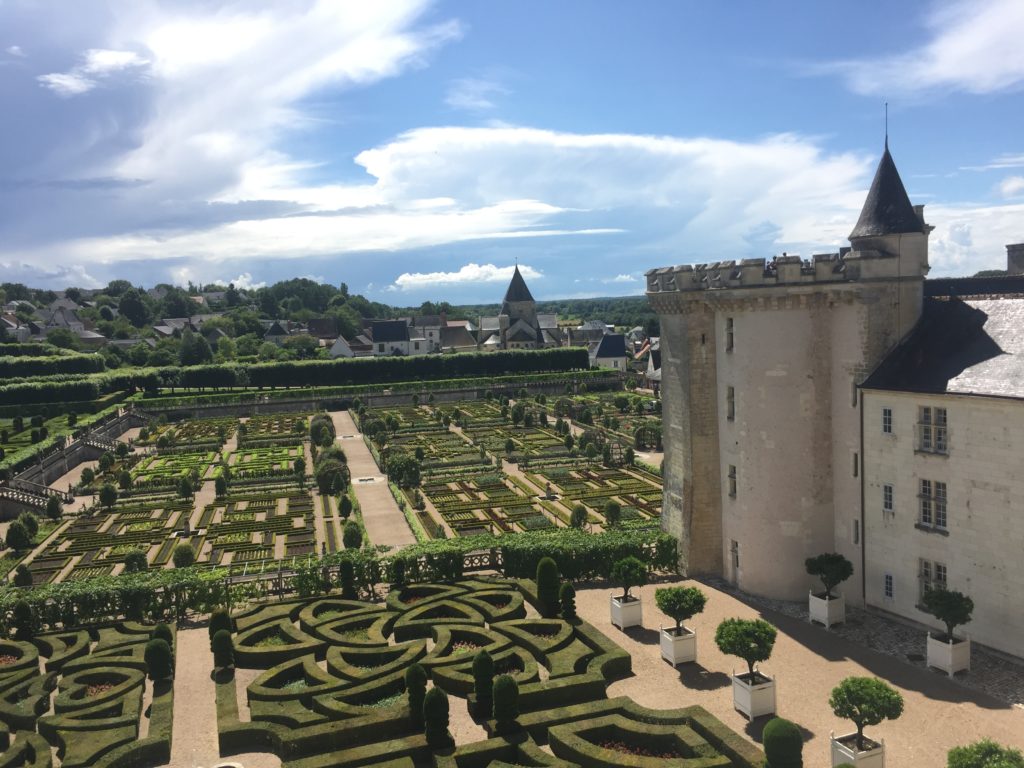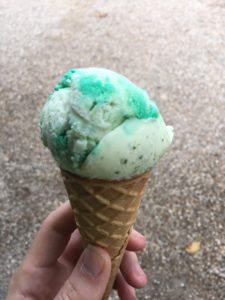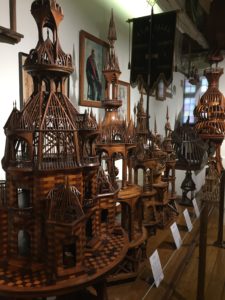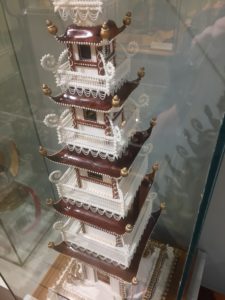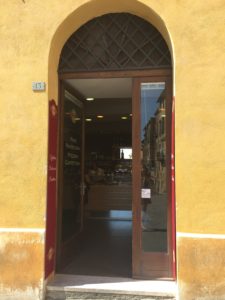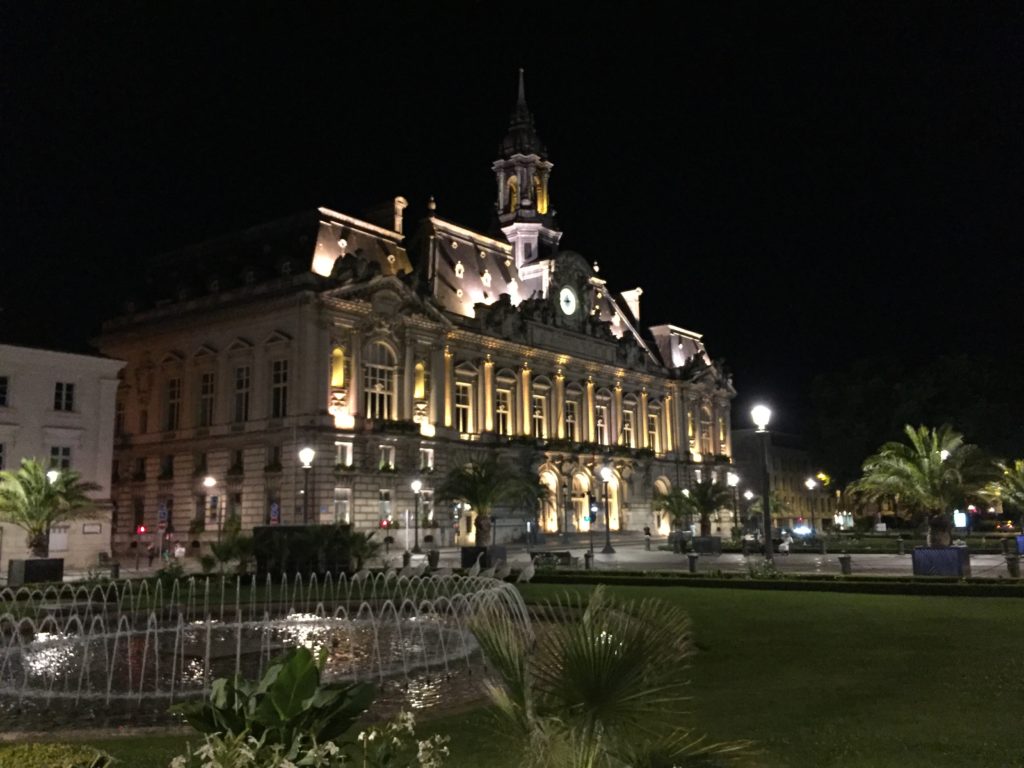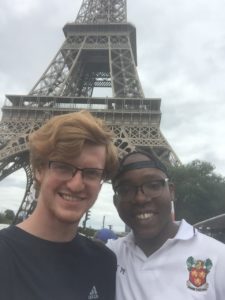Reflect on your language learning and acculturation during your SLA Grant experience.
Overall, this summer has been an overwhelming positive experience for me and I’m really glad I had the chance to engage in another culture and broaden my language skills. I think that the improvement in language acquisition would depend on the type of program and the environment/activities that the person partook in over the summer. For me, my ICU Summer Course class was heavily emphasized on reading and writing rather than speaking. For example, they enabled me to form opinions on more complicated topics, and introduced me to class presentations in Japanese. While I have improved in my language skills, it was not in a direction that I expected.
Reflect on your SLA Grant experience overall
It was interesting to note the differences and similarities between Japanese culture and American culture. Even doing something mundane and ordinary like taking the public transportation is an adventure in and of itself. There are so many subtle customs that is woven into the everyday life activities of the people there, as in a proper way to do things and the reasoning behind it that take foreigners a while to figure out. However, for all the differences that exists, I’m still very amazed at the similarities. While I did have some really interesting conversation with the locals, I wished I could have more. I think there are definitely language study opportunities in the daily life activities, and in local resources that are not as readily accessible elsewhere, such as a local bookstore with authentic materials.
How do you plan to use your language and intercultural competences in the future?
I plan to take the Japanese reading class this semester, and the translation class next semester. I’m very excited to apply what I learned in the reading class and broaden my vocabulary in the language. Through this summer experience, I renewed my love for Japanese and am very motivated to improve my language skills. I learned about the historical similarities between the Asian languages, and am considering exploring other Asian languages in addition to Japanese in the future. I really like Tokyo as a city overall, and would love to have the opportunity to live and work there for a period of time in my life.
